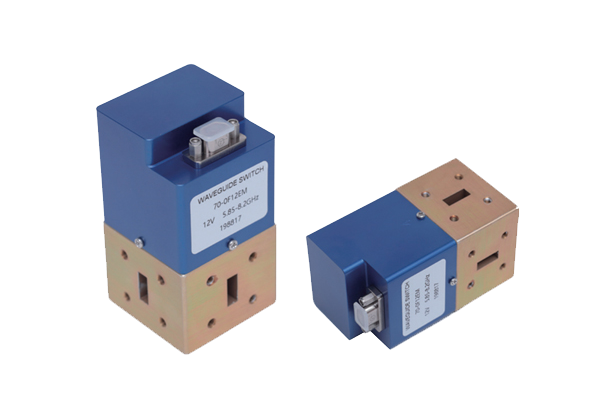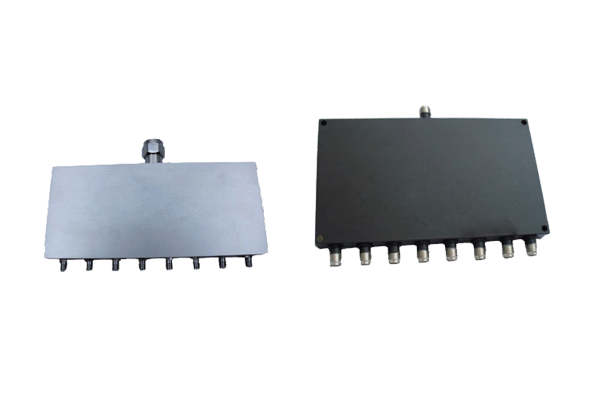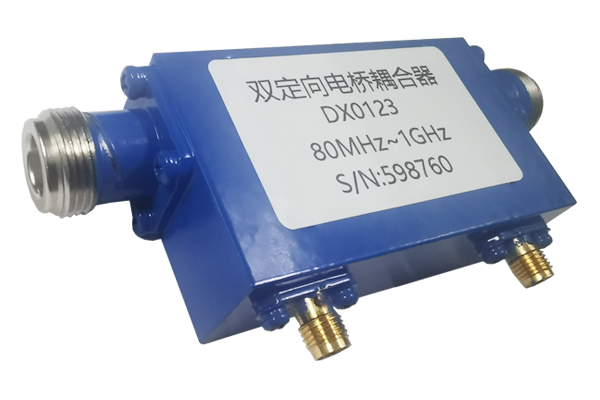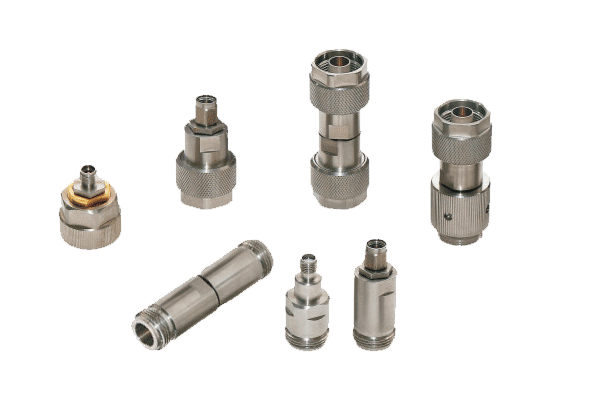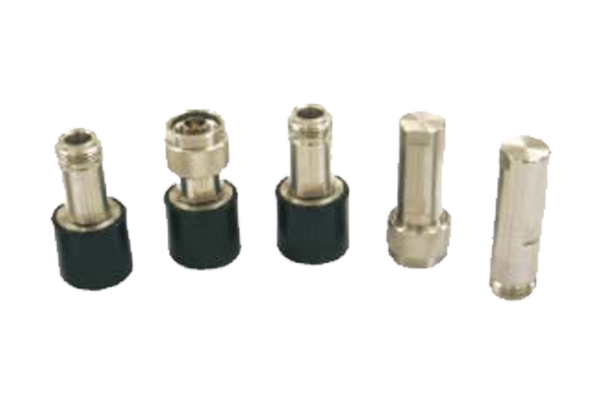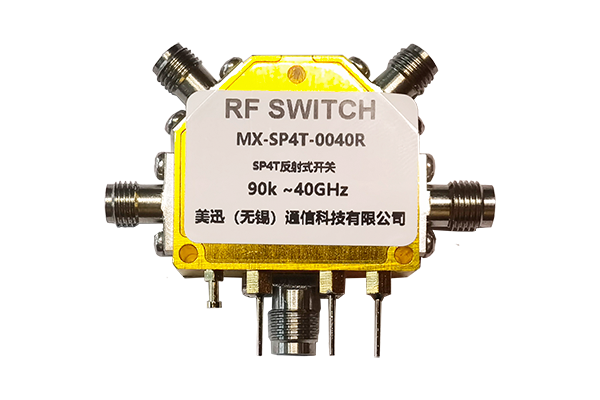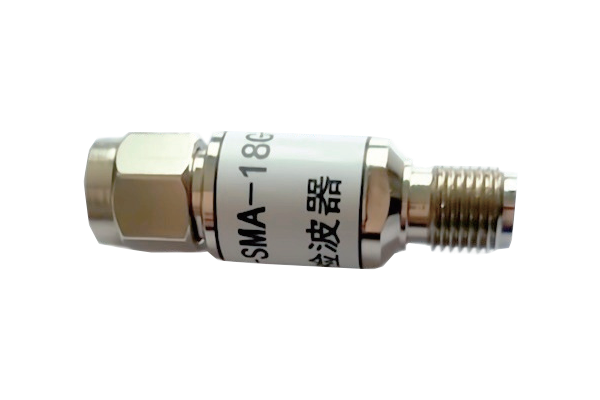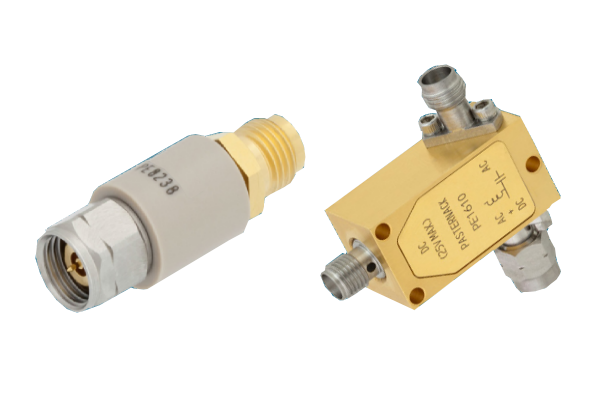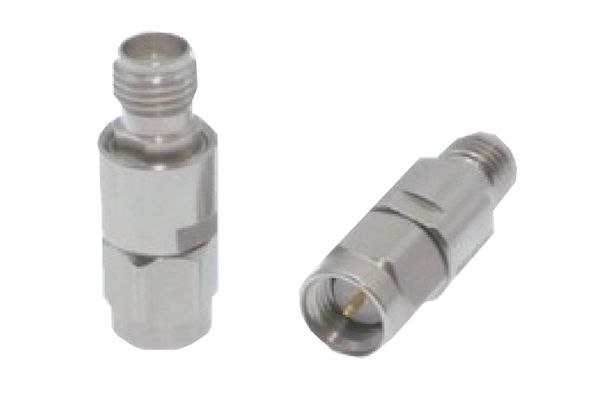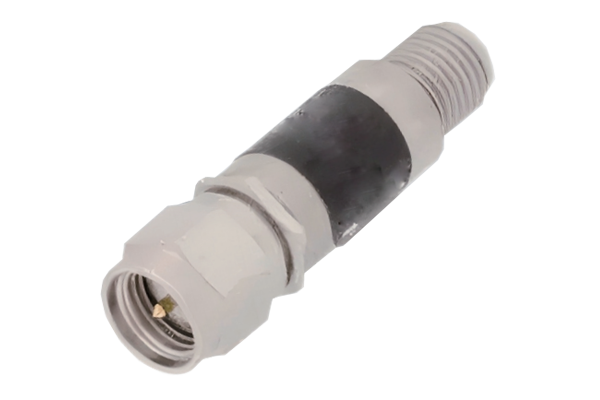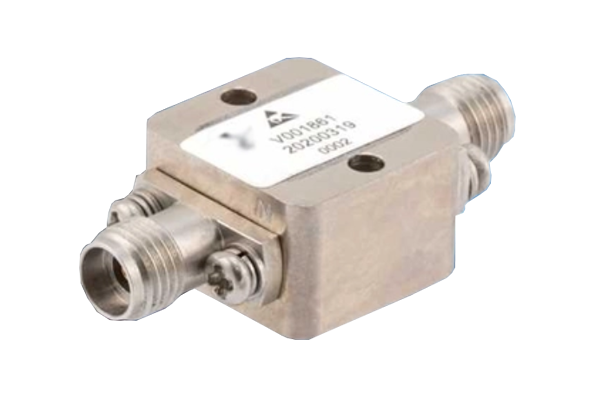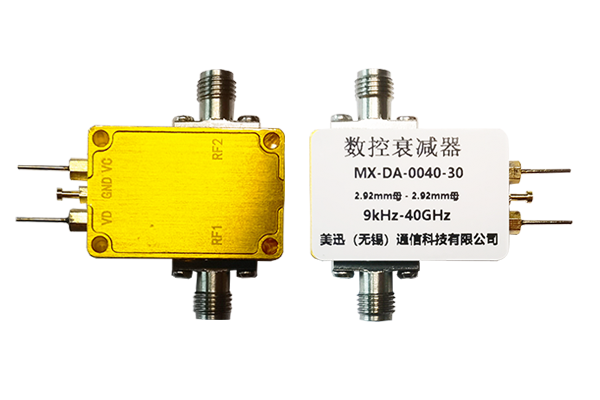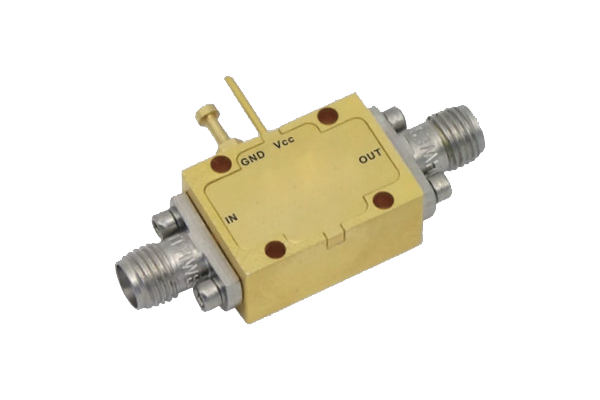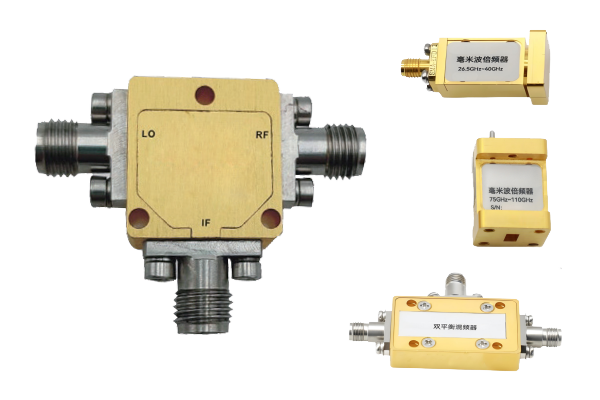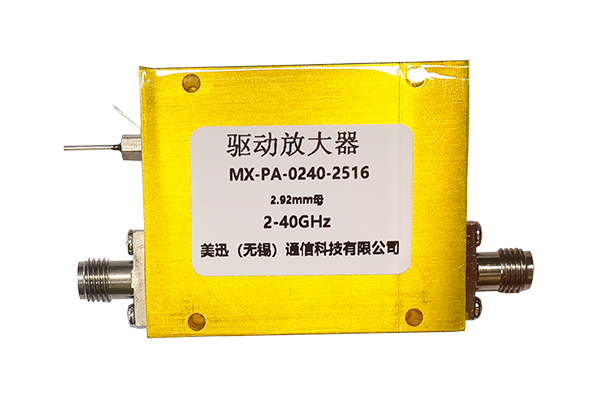What is the impact of mechanical stress on the performance of coaxial switches
Impact of Mechanical Stress on Coaxial Switch Performance
Mechanical stress significantly impacts coaxial switch performance by compromising electrical stability, structural integrity, and longevity. Vibration or shock can misalign internal components, causing impedance mismatches and signal reflections, especially at high frequencies (>1 GHz).
Structural stress can deform seals or housings, breaching environmental protections (e.g., IP67), allowing moisture/dust ingress that leads to corrosion and EMI noise.
Primary Performance Impacts
- Component Misalignment: Vibration/shock misaligns center conductors and contacts, causing VSWR degradation and signal reflections
- Contact Degradation: Weakens contact springs, increasing contact resistance and arcing in high-power setups
- Frequency Instability: Minor mechanical shifts alter resonant characteristics in microwave switches, causing phase instability or bandwidth reduction
- MEMS Switch Degradation: Stress-induced micro-cracks degrade switching speed (from nanoseconds to microseconds) and reliability
Mitigation Strategies
Effective stress management requires multiple engineering approaches to maintain performance in harsh environments.
- Rugged Designs: Stainless steel chassis with shock mounts for vibration resistance
- Advanced Materials: Fatigue-resistant materials like beryllium copper contacts
- Testing Compliance: Adherence to MIL-STD-810G for vibration/shock testing
- Enhanced Sealing: Improved gasket designs to maintain environmental ratings
Poor stress management risks intermittent failures, thermal runaway, and safety hazards in critical applications like aerospace or industrial IoT.
Special Considerations
- Frequency Sensitivity: Effects are more pronounced at higher frequencies (>1 GHz)
- Power Handling: Stress-induced issues become critical in high-power applications
- Longevity Impact: Mechanical stress can reduce switch lifespan by 30-50% in harsh environments




